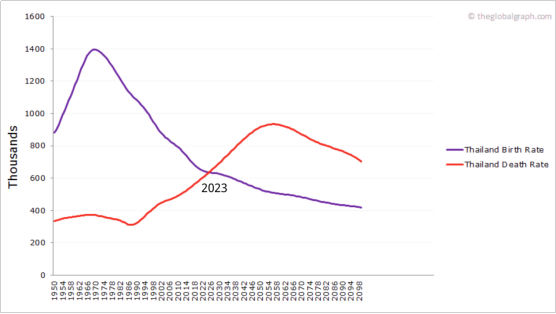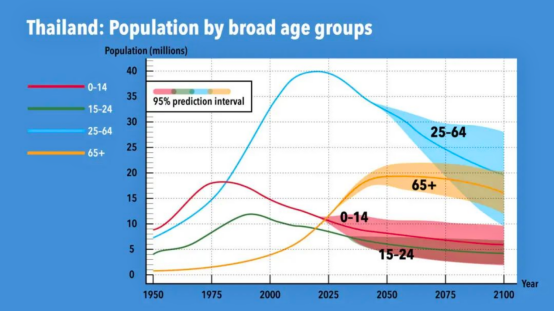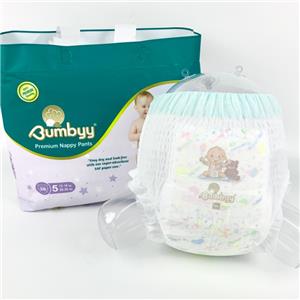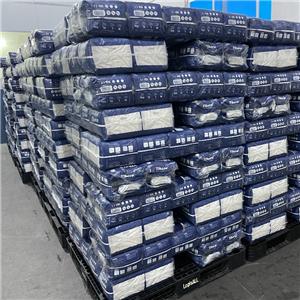How to Strategically Enter the Thai Hygiene Products Market?
According to data, in 2023, Thailand recorded more deaths than births, resulting in a negative population growth—a clear indication that the country is accelerating into an aging society. Against this backdrop, adult incontinence has become increasingly common, driving continuous growth in the demand for related hygiene care products. Recent data shows that Thailand's adult incontinence product market is in a rapid growth phase. By 2029, the market size is expected to increase by USD 94.1 million, with a compound annual growth rate (CAGR) of 7.3%. As consumer awareness of health continues to rise, this market is heating up and shows great promise for long-term and stable growth.

Thailand is rapidly entering an aging society, with the proportion of people aged 65 and above increasing year by year. Adult incontinence issues are becoming more prevalent, particularly in the area of moderate to severe incontinence care, where demand is growing rapidly. Since 2023, the Thai government has implemented a policy of distributing adult diapers for free to specific groups in an effort to ease the caregiving burden on elderly and disabled individuals. This policy has significantly raised awareness and acceptance of adult incontinence products, especially among low- to middle-income groups, effectively boosting overall market demand. At the same time, public awareness of health management and personal hygiene has improved—especially in the post-pandemic era. People now place greater emphasis on daily care and comfort. Adult incontinence products are increasingly seen not merely as "medical items," but as essential tools for improving quality of life and preserving personal dignity. This growing social acceptance is opening up new market opportunities.

However, despite the positive push from government policies, pricing remains a key factor influencing consumers' purchasing decisions. Since the launch of government orders in 2023, product specifications have continued to decrease, and price sensitivity has increased quarter by quarter—largely constrained by the financial capacity of individuals and families.






